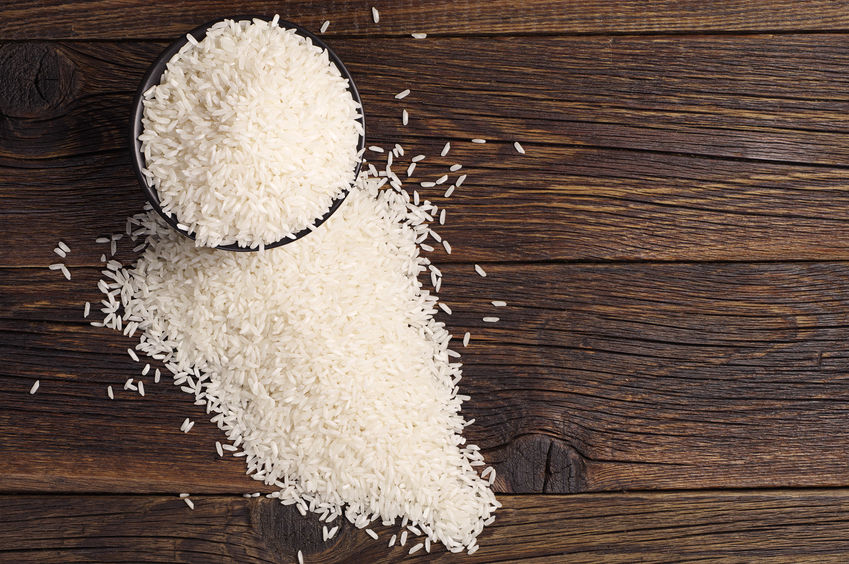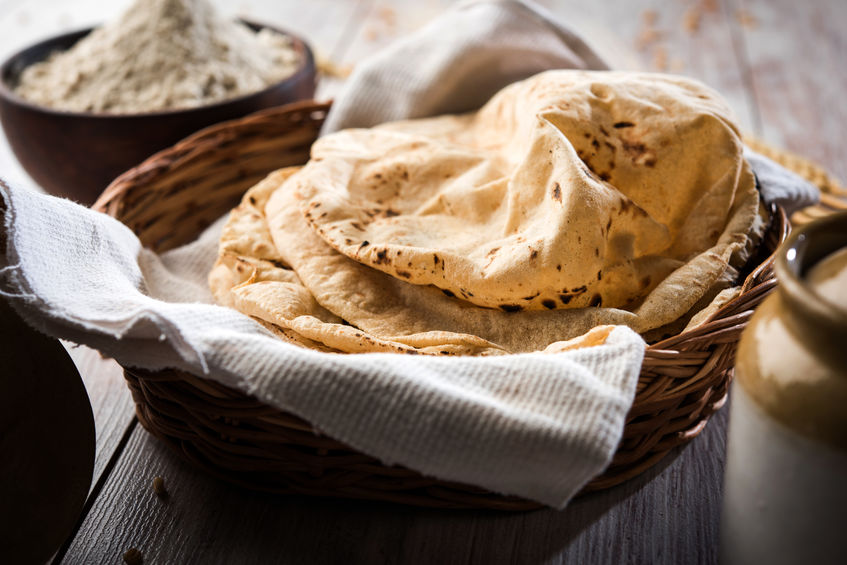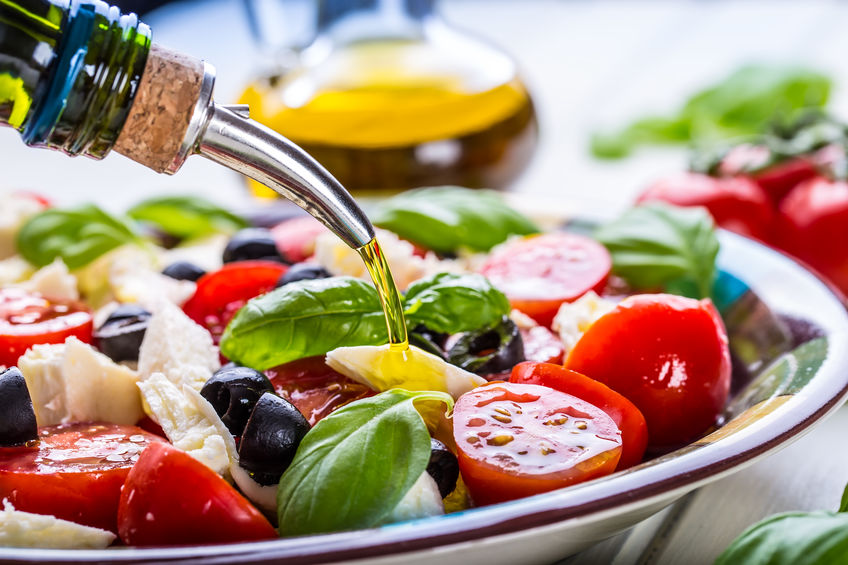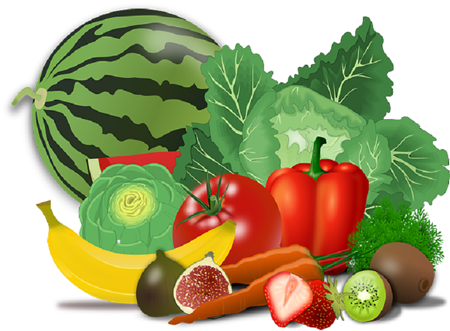Rice and roti are very popular carbohydrate accompaniments to a meal. They are both equally delicious but is one more nutritious than the other? Let’s find out!
Firstly we need to correct a common misconception….. Carbohydrates are bad for you! No, they’re not.
People think that consuming carbohydrates will cause you to gain weight. This is only true if you eat in excess of your recommended daily amount. Carbohydrates are essential as they provide your body with energy. However, there are circumstances where you may want to try and cut down your carbohydrates to meet your recommended daily allowance or for medical reasons.
There are 46.4g of carbohydrates per 100g of roti and 21.1g of carbohydrates per 100g of white rice. Therefore, if you were trying to cut down on your carbohydrates rice would be the better choice. However, it is important to focus on the other nutrients in rice and roti as opposed to just carbohydrates.
Comparison of nutrition values per 100g
| Roti (100g) | White rice (100g) | |
| Protein | 11.2g | 2.67g |
| Fat | 7.45g | 0.28g |
| Dietary fibre | 4.9g | 0.4g |
| Carbohydrate | 46.4g | 27.99g |
| Energy | 297kcal | 129kcal |
| Thiamine (B1) | 0.55mg | 0.02mg |
| Riboflavin (B2) | 0.2mg | 0.013mg |
| Niacin (B3) | 6.78mg | 1.467mg |
| Pantothenic acid (B5) | 0.58mg | 0.215mg |
| B6 | 0.27mg | 0.092mg |
| Total folates (B9) | 61µg | 58µg |
| Calcium | 93mg | 10mg |
| Iron | 3.01mg | 1.19mg |
| Zinc | 1.57mg | 0.49mg |
| Magnesium | 62mg | 12mg |
| Potassium | 266mg | 35mg |
| Sugar | 2.72g | 0.05mg |
Fibre
There are 4.9g of fibre in roti and 0.4g of fibre in white rice. We should be aiming to include around 30g of fibre a day in our diet. However, many of us are not meeting this requirement. Fibre is important to help maintain a healthy digestive system and it lowers the risks of bowel cancer.
White rice has had the bran and germ, which are the sources of fibre, removed. Therefore, if you want to use rice in your meal as a way to include more fibre then switch to brown!

Other nutrients
Roti is also noticeably higher in protein, niacin, calcium, iron, zinc, magnesium and potassium.
- Protein– Protein is essential in the diet. It has multiple metabolic and physiological functions e.g. regulating food intake, body composition and weight, regulating blood pressure and blood glucose, lipid and bone metabolism and supporting the immune system.
- Niacin– Similar, to other B vitamins, niacin is needed for releasing energy from the foods we eat and keeping the nervous system and skin healthy. It also plays a role in the digestive system and mucous membranes. Niacin comes in 2 forms (nicotinic acid and nicotinamide) and both can be found in sufficient quantities in a balanced diet.
- Calcium– Calcium is essential for building strong bones and teeth, blood clotting and regulating muscle contractions.
- Iron– Iron is used for making red blood cells in the body. These red blood cells have many functions, but one of their most important is carrying oxygen around the body.
- Zinc– Zinc is a trace element and an essential mineral that the body needs. It is required in the body to make new cells and enzymes, process carbohydrates and fats and wound healing.
- Magnesium– Magnesium is used by the body to extract energy from food and to make sure the parathyroid glands function correctly (this gland produces hormones used for bone health). It is also used in muscle function and DNA replication.
- Potassium– Potassium is used by the body to control the balance of fluids in the body. It also ensures muscles in the heart work properly.
Again, this difference is mostly because the bran and germ has been removed. The bran and germ contain most of the vitamins and minerals. Some white rice is ‘enriched’ where these nutrients are added back in.
If roti is so full of nutrients, why can’t I eat it all the time?
2 main reasons
- Although carbohydrates aren’t the enemy it’s important to make sure you keep the energy you consumer equal to the energy you expend. If you are eating more calories than you are using, then you will gain weight. This is not always a bad thing depending on your goals, but energy balance is definitely an important process to understand.
- Roti also contains more fat than rice does. This is also influenced by how you cook the roti. Fat is an essential part of the diet. It is used for energy, carrying fat soluble vitamins around the body, providing essential fatty acids that the body cannot synthesise, supporting cell growth and production of important hormones. This is just a few of the reasons we all need fat in our diet. However, too much fat in the diet can lead to negative health impacts such as obesity and raised cholesterol levels, which in turn increases the risk of heart disease. Any fat consumed that’s not converted into energy or used by the body is converted into body fat. This is the excess fat we want to avoid.
Conclusion
Although both rice and roti are delicious roti does contain more nutrients than white rice and therefore can be the healthier choice. However white rice is not bad for you, it is less nutrient dense but still provides carbohydrates essential for energy. Making small dietary changes such as switching from white rice to brown rice is an easy way to consume more nutrients in your diet.



